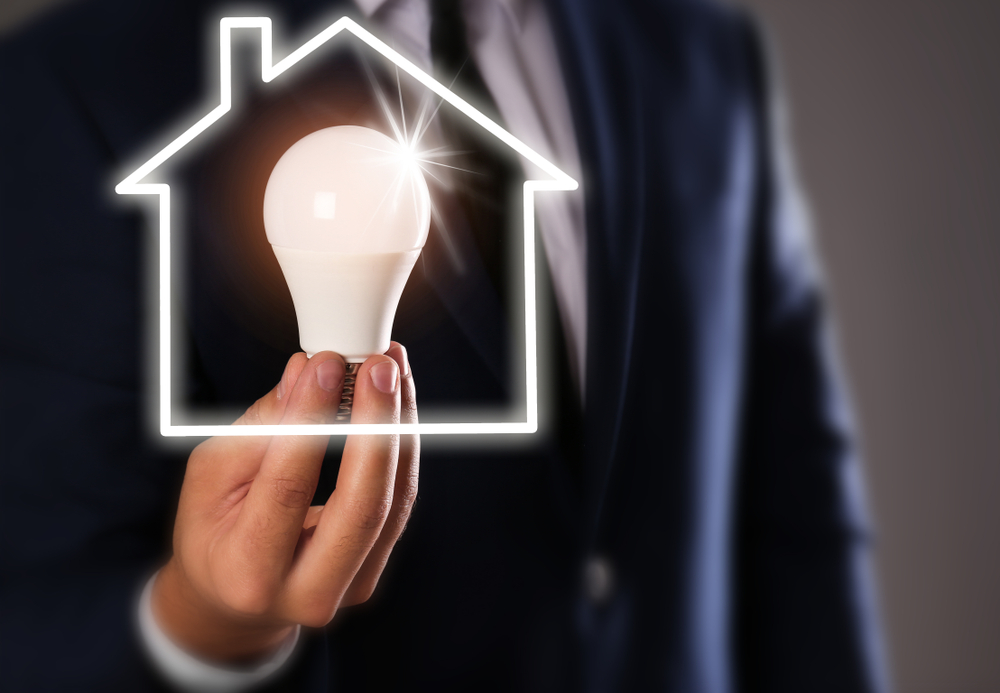What are Energy Efficiency Grants?
Homeowners who want to invest in energy-efficient improvements might not have the money to spend on more extensive projects like solar panels or radiant heat. Some homeowners might even struggle to afford more efficient windows or improve the insulation in their home.
To improve their home and to save money on utility costs, homeowners might look for programs that help offset energy-efficient improvements. Grants, loans or other programs could be available to qualifying homeowners. What are energy efficiency grants?
About Energy Efficiency Grants
A grant can be publicly or privately funded. Grants come in all forms; some help fund education initiatives, others might fund research. There are even grants that can help pay for energy efficient projects.
Grant money is limited. For this reason, grants are typically only awarded to qualifying individuals, schools or institutions. Not everyone can or will qualify for a grant.
How to Find Energy Efficiency Grants
Grant availability might vary per state. It might be impossible to list all the available or existing grant opportunities. Homeowners that are interested in grants that could help fund energy-efficient improvements for their home might research their options on their state’s Department of Natural Resources.
Homeowners also can do a quick search query focused on energy efficiency grants in their state. Again, grants will have criteria and not all homeowners can or will qualify.

Other Options for Paying for Energy-Efficient Improvements
For homeowners that don’t qualify for grants or who are unable to find grants for energy efficiency in their state, there are other ways to help pay for energy efficient upgrades or improvements.
The Department of Energy offers a page devoted to how to pay for energy efficient projects. The DoE recommends that homeowners check to see if they qualify for the DoE’s Weatherization Assistance Program. In addition, the DoE notes that homeowners could research Fannie Mae’s HomeStyle Energy Mortgage or Freddie Mac’s Green CHOICE Mortgage.
These can help with projects associated with a home purchase (to make the home more efficient) or it could be part of a refinance. However, homeowners or home buyers should talk to a lender for more details.
Like grants, homeowners will need to qualify for the Weatherization Assistance Program and/or energy efficient mortgage options. These financing options aren’t applicable to everyone who has an energy-efficient project. For example, the Weatherization Assistance Program is only available to low-income households.
Homeowners Might Qualify for Rebates
The proposed energy-efficient upgrades or improvement might not qualify for an energy-efficient mortgage, and perhaps homeowners also don’t qualify for any grants or for the Weatherization Assistance Program. However, in some cases, they might be able to find rebates to offset the cost of their improvements.
Rebates could be available through utility providers for upgrading appliances to energy-efficient models. With a rebate, the homeowner could receive a check from their provider or the rebate could be applied in another way.
Rebates can help lower the cost of the investment and entice homeowners to upgrade to more energy efficient systems and appliances. Homeowners can search for applicable rebates by downloading the benefyd app or via the ENERGY STAR website.
ENERGY STAR also lets homeowners search for any applicable tax credits, too. Tax credits can help lower the amount of tax owed on a return; however, homeowners can only take these credits if they meet all the qualifications. A CPA or tax professional can help homeowners understand if they qualify for any tax credits related to energy-efficient upgrades or home improvements.

Conduct a Home Energy Audit to Understand Energy Use or Misuse
Homeowners might notice that their utility bills are climbing higher. While the rising cost might be related to a cost increase of natural gas or electricity, homeowners also might want to take a closer look at their utility bill.
An energy audit can help homeowners understand if there are energy drains in their home that’s causing the utility costs to soar. Homeowners can download benefyd to conduct their own home energy audit.
To begin the audit, homeowners will need a copy of their most recent utility bills. benefyd will ask for homeowners to enter information related to energy costs and use. The app also will prompt homeowners to take a photo of every room in their home.
Using the data provided by homeowners related to energy use and the images of the rooms, benefyd will identify energy drains that could be causing the higher monthly costs. The app also will help homeowners understand how they can improve the energy efficiency of their home and help homeowners find any applicable rebates, too.
While some states might offer energy efficiency grants, these grants are usually only applicable to qualifying homeowners. Homeowners could research energy efficient home loans or see if they qualify for other programs. However, even if homeowners can’t qualify for a grant, loan or program, they might be able to find rebates to help offset the costs of new appliances or energy-efficient systems.


